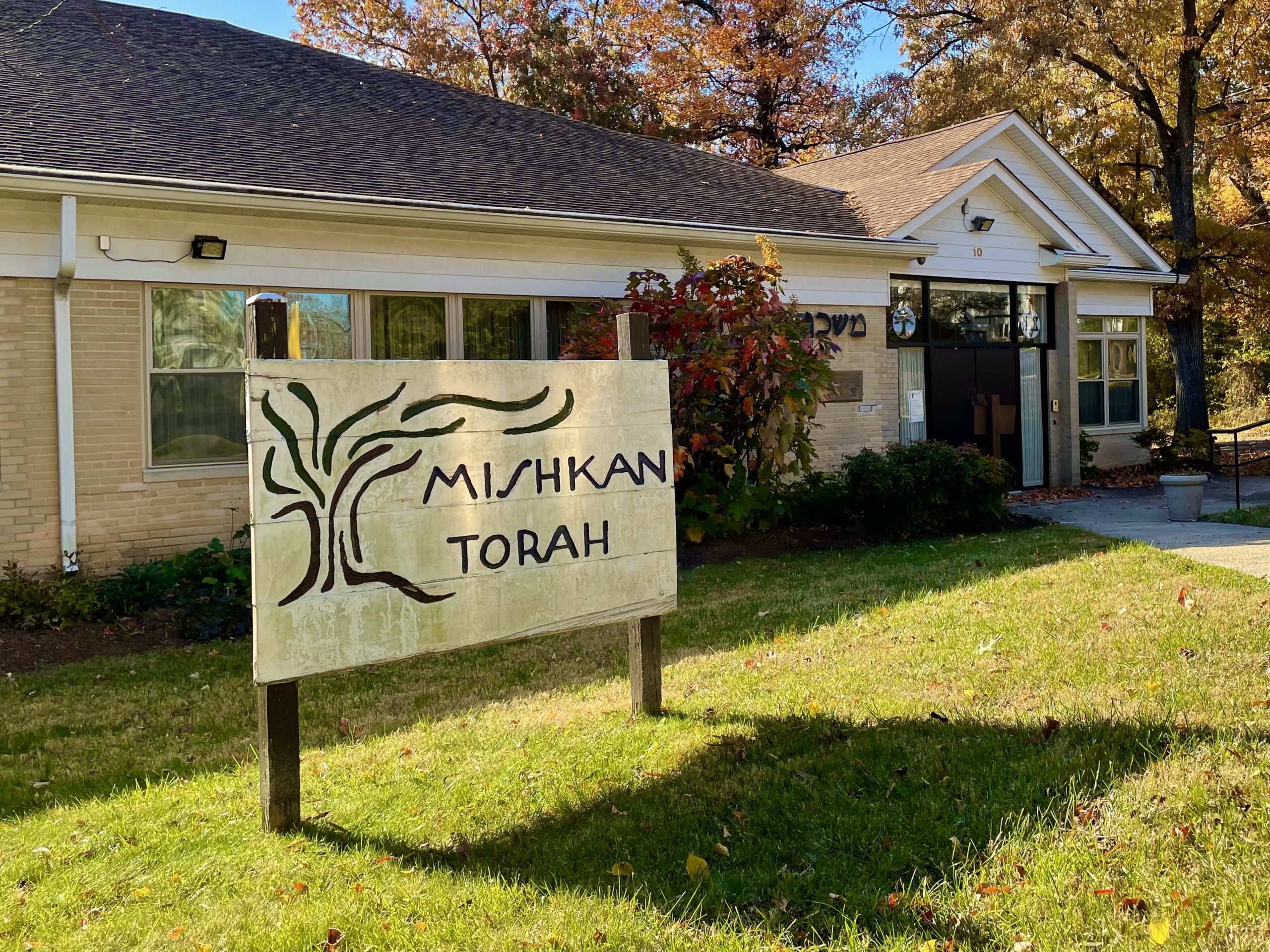
When the Roosevelt administration created the city of Greenbelt in 1937, it set rules about how many government workers could live there; how many people could come from D.C., Maryland and Virginia; and how much money everyone could make.
It also set rules guaranteeing religious diversity, leading to the founding of a synagogue that is still around today, as members celebrate the first night of Hanukkah.
“To ensure against religious discrimination in selection, the administration developed quotas based on a religious census taken in 1926 showing the Washington area to be 59 percent Protestant, 34 percent Roman Catholic and 7 percent Jewish,” noted author Cathy D. Knepper in a history of the town.
After moving in, a group of four Jewish families went door-to-door to sign up members for what they called the Greenbelt Hebrew Congregation and began holding services in a school music room and a firehouse.
The group borrowed a Torah from a synagogue in Philadelphia, and a member carried it and an ark on a children’s wagon to services each week.
When the congregation grew big enough to need its own building, members built it themselves using plans drawn up by an architecture professor at Howard University, often working at night by the light of their car headlights. Few had any construction experience, but word spread and they soon received help from the community.
“In their spare time Catholics, Protestants and others sweated alongside our members, all working to build a House of God,” recalled one longtime member.
Impatient after three years of work, the congregation raised money to hire a contractor and the synagogue was finished in 1955.
Now named Mishkan Torah, the congregation is Conservative and Reconstructionist, allowing women to participate equally in all services since 1973.
The Roosevelt administration’s approach to deciding who would move to Greenbelt had its problems, especially since it barred African-Americans, who did not start moving to the city until the 1960s.
But its welcoming attitude toward religious diversity helped shape the city.
Support the Wire and Community Journalism
Make a one-time donation or become a regular supporter here.









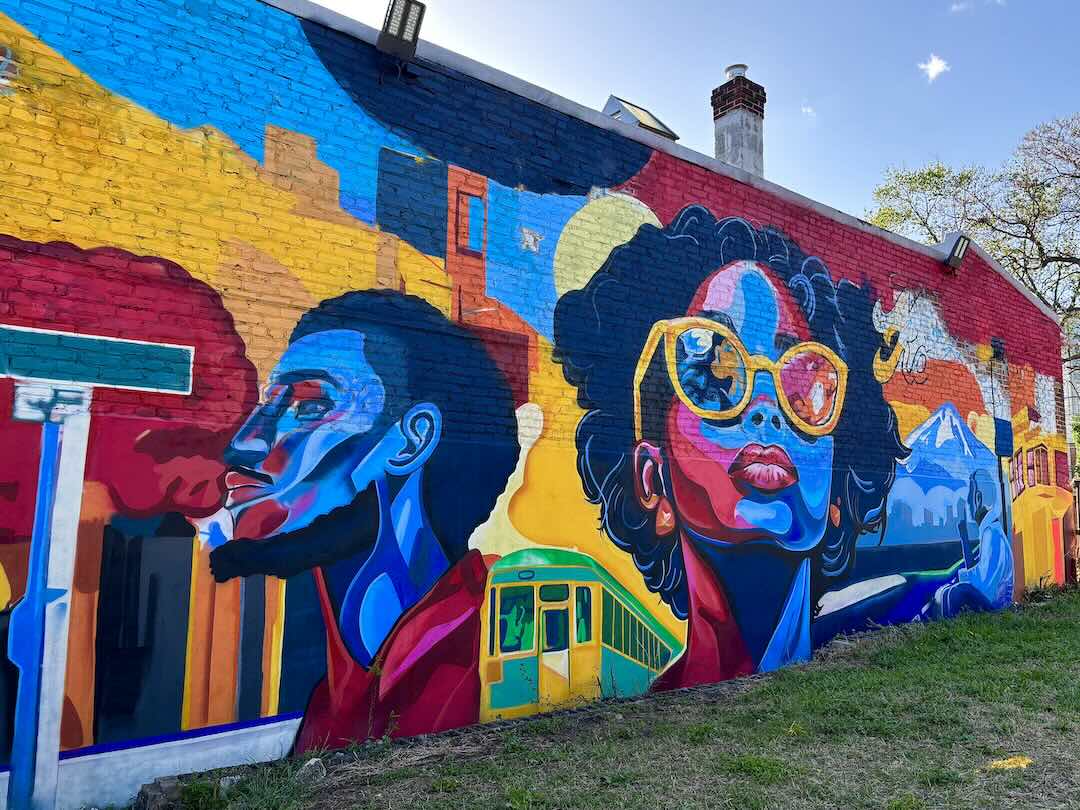
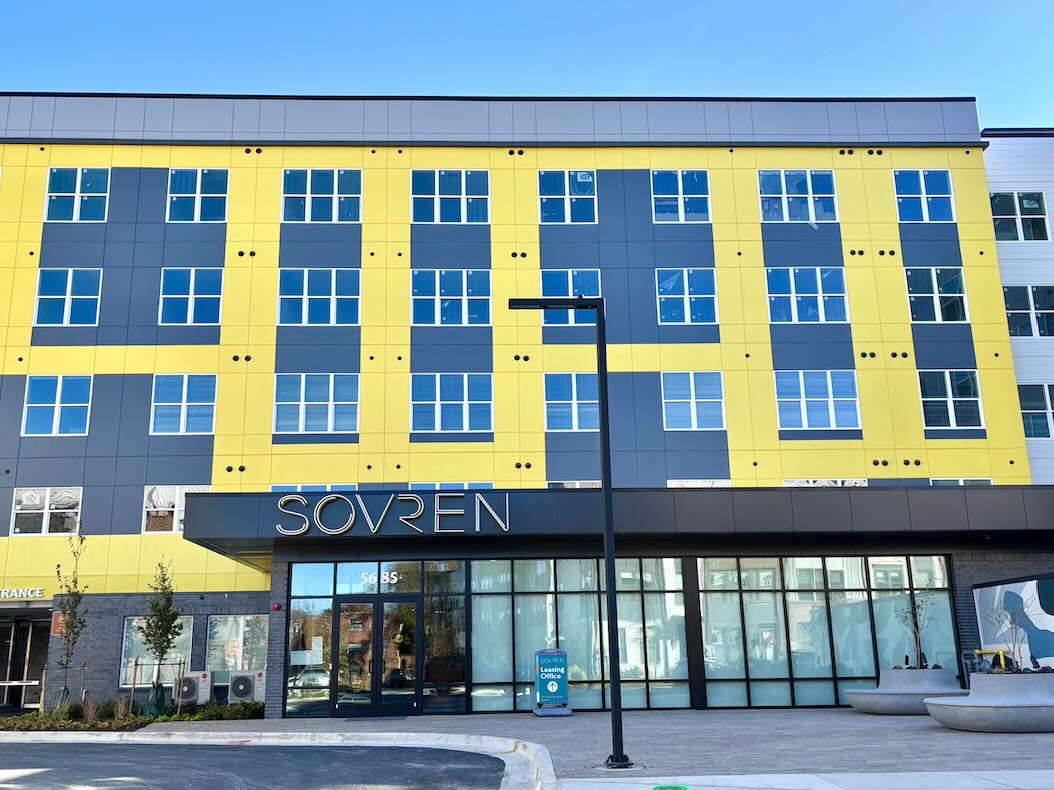
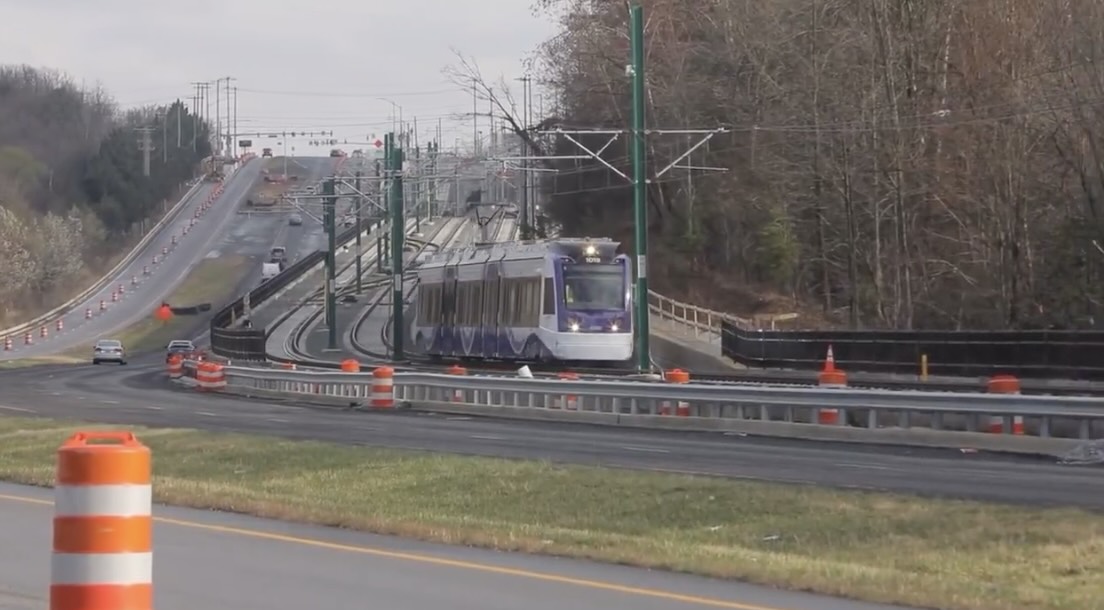
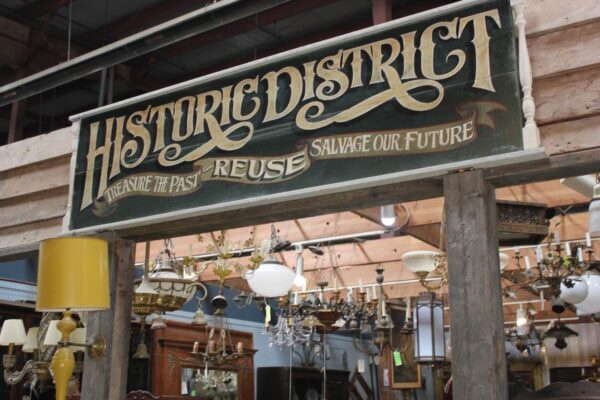

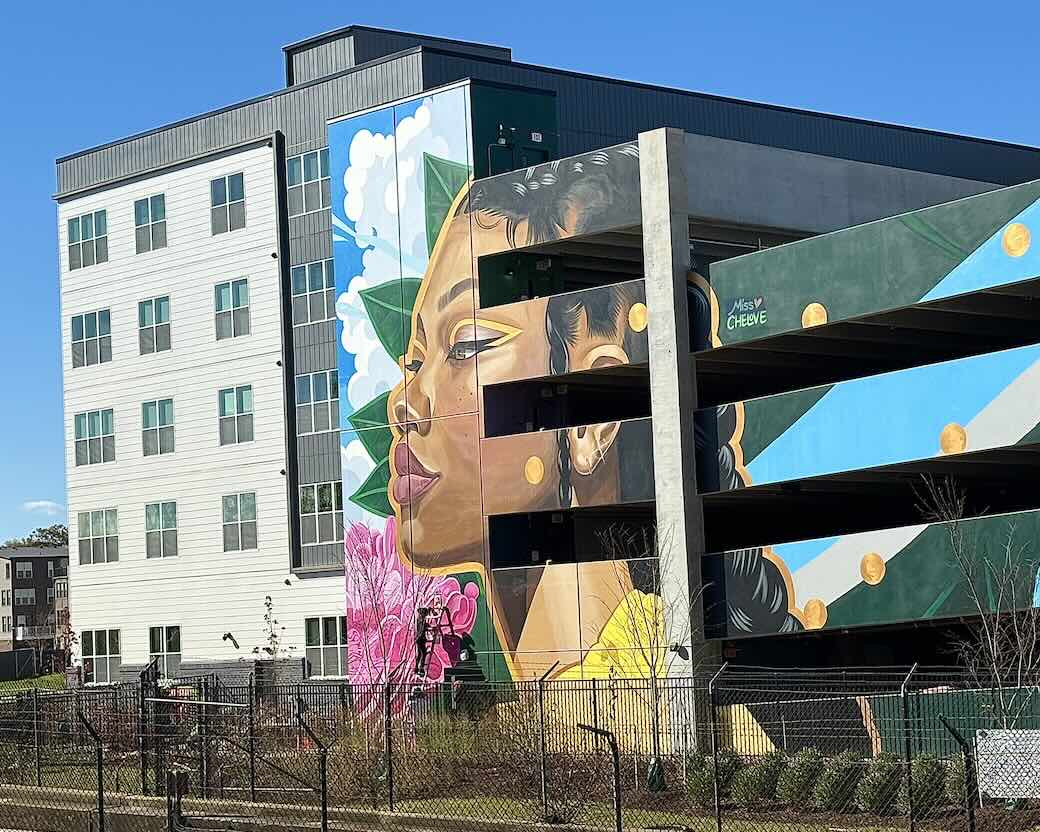
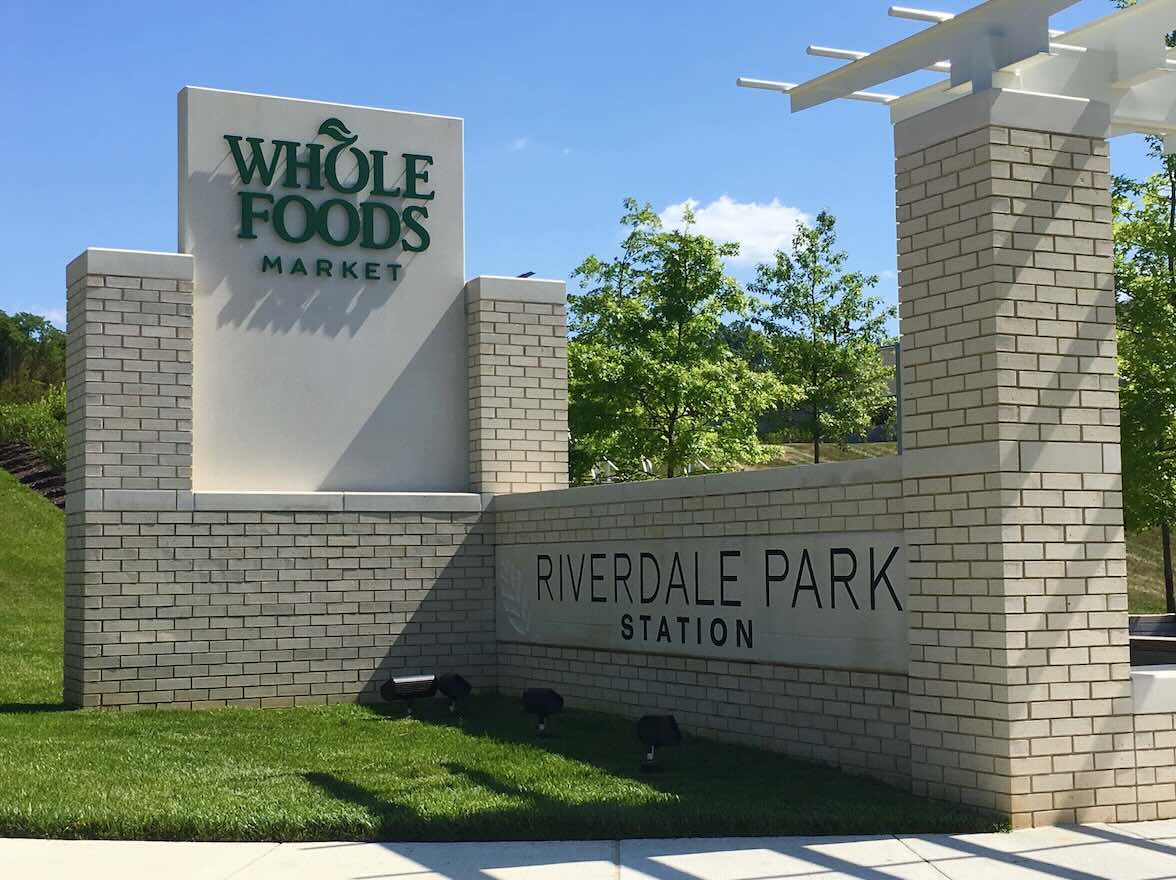
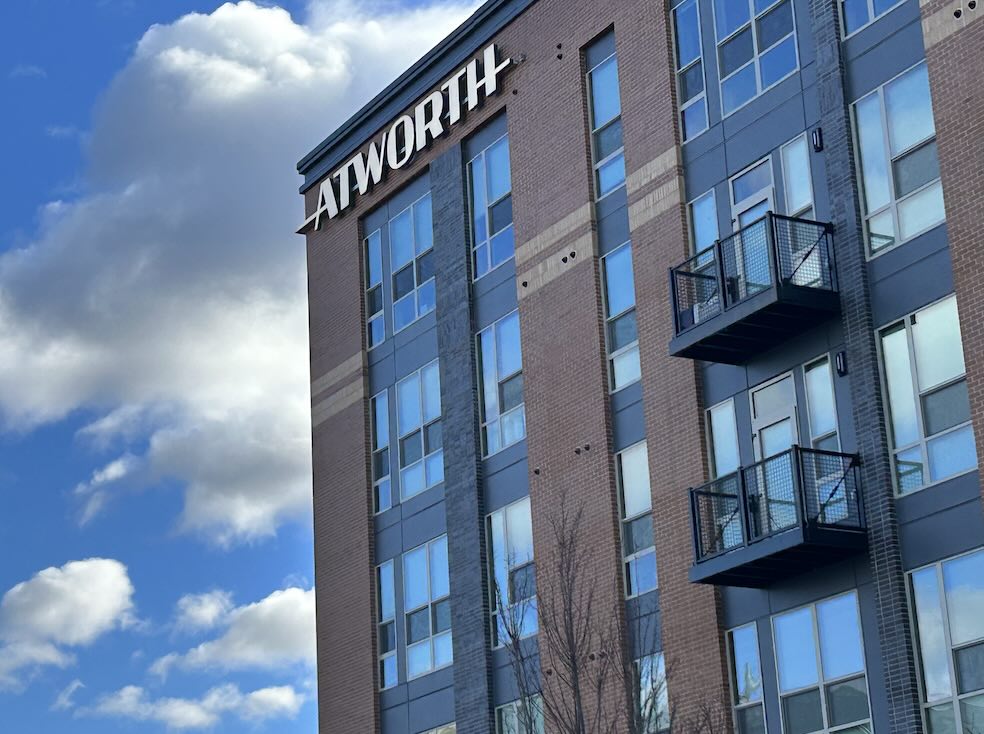


I enjoyed this story and the information it provided on the history of Greenbelt. I was dismayed that the celebration of religious diversity ended up the decision to downplay the racist history of the town by relegating that information to the end of the article and covering it in euphemistic language. Greenbelt was a Jim crow town for over forty years, that is not a trivial reality.
Thank you for sharing your concern. We wanted to keep the focus on the history of the synagogue for this story, with it being the first night of Hanukkah, but we plan on writing a separate piece about the history of racial discrimination in Greenbelt because that definitely deserves its own story.
Can’t win for losing. The story was the religious history of Greenbelt. If the racial angle hadn’t been mentioned at all, the author would have been criticized for that. So, they mention it and you consider it “covering it in euphemistic language” Not everything was done to be mean or out of hate, not all stories have to be about racism, and not everything was Jim Crow, this wasn’t. Check the” Jim Crow” laws for Maryland as compared to other states on Wiki.
Greenbelt was established in 1937, one of 3 federally funded communities built under the New Deal. The communities were to provide housing, jobs and stimulate the economy, we had just been through the Great Depression. While it’s true Greenbelt was not initially integrated, there were two other New Deal communities built only for African American families. Tells me thing were easing. The country was moving forward in race relations. in June 1941 President Roosevelt issued Executive Order 8802, which prohibited segregation among federal employees. That’s not a trivial reality either.
As to “Greenbelt was a Jim crow town for over forty years” redo the math Greenbelt was built 1937 The Civil rights act had passed in 1965 and Greenbelt was ahead of the game, they had an active Fair housing group in 1963. First blacks moved in in the later 60’s. It’s 2021, 56 years have passed, and we continue to get better and better, that is also not a trivial realty.
Thank you for this article, a former resident of 2 Plateau PL as a child in the 50’s.